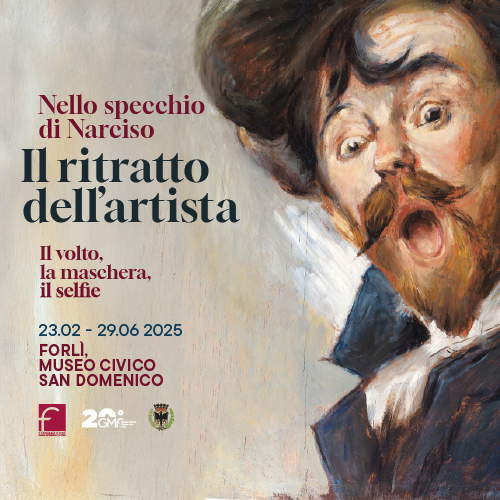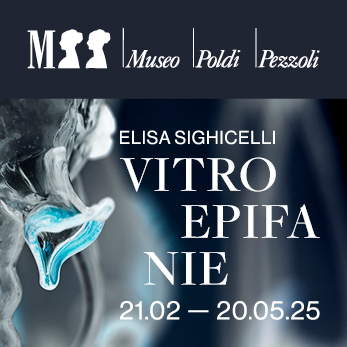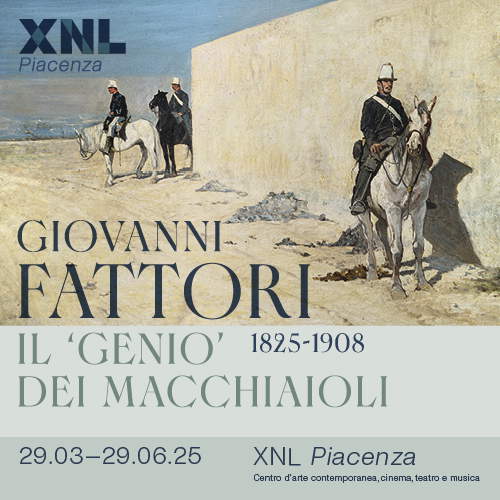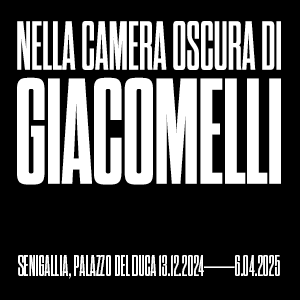Vinci, restoration of a drawing on a fireplace underway. Scholars advance hypothesis that it may be by Leonardo
A major restoration project is about to begin in Vinci on an interesting drawing executed in charcoal on the hood of an ancient fourteenth- and fifteenth-century fireplace located in a building owned by the municipality, located near the Conti Guidi Castle, the current home of the Museo Leonardiano.
The drawing, currently under study and barely legible, depicts a winged dragon with a horn on its head, holding a coat of arms identical to the one carved on the stone lintel. The mythological figure can be traced to that known as the pistrice, a unicorn-like creature characterized by the narwhal’s horn. The drawing harks back to Florentine figurative culture of the second half of the 15th century and shows knowledge of works such as Donatello’s Marzocco, Paolo Uccello’s dragons, and Pollaiolo’s Hydras. However, the iconography of the drawing shows traits of great originality. Iconographically, it can be related to a group of Leonardo da Vinci ’s drawings depicting dragons, unicorns, and other fantastic and real animals, to which the master attributed the ability to hybridize one into the other.
Analysis technologies and first study of the work
The image obtained from a laser scanner survey of the fireplace, in which the data related to the reflectance of the signal of the same laser scanner made it possible to highlight and make more legible the graphic sign of the charcoal drawing. The image was made in this first phase of studies by Prof. Giovanni Pancani (University of Florence).
Leonardo’s relationship with Vinci is not limited to his birth. He spent his childhood and the early years of his youth in his native village, maintaining a strong connection with the area over time. Vinci was a source of inspiration for his artistic and scientific researches, as evidenced by the famous Landscape (inv. 8P) from the Uffizi Galleries, on display in the Museo Leonardiano in 2019 on the occasion of the exhibition Leonardo in Vinci. At the Origins of Genius.
Leonardo is known to have been in Vinci in 1478, in the very castle of the Conti Guidi-at the time the seat of the Podestà-to witness the signing of a contract for the level taking of the municipality’s mill by his father and uncle Francesco. His manuscripts also mention the Doccia Mill in Vinci, and in the early sixteenth century he drew up an ambitious project for the creation of a reservoir in the locality of Serravalle.
A further important element to take into account is the ownership of the building in which the chimney is located, which belonged to the Bracci family, as the inscription on the hood recalls. The Bracci family was linked by friendship and business relations to Leonardo’s family. The Bracci family most likely lived in the house before moving in 1491 to a stately home, now known as the Fattoria dei Bracci, located in Leonardo da Vinci Square.
However, this is a very promising drawing that deserves to be the subject of diagnostic investigations and careful restoration aimed at restoring its legibility and ensuring its preservation over time, leading to a more concrete attributive hypothesis. The restoration will take place under the high supervision of the Superintendence.
The scientific committee
Dr. Roberta Barsanti, director of the Leonardo Library and Museum in Vinci, shared her research on the drawing with a group of experts, opening the debate on the possible attribution to Leonardo da Vinci. The scientific committee involves scholars such as Professors Andrea De Marchi (University of Florence), Pietro C. Marani (Politecnico di Milano, Università Cattolica del Sacro Cuore), Giovanni Pancani (University of Florence), Marco Gaiani (Alma Mater Studiorum University of Bologna), and the restoration officer of the ABAP Superintendency of Florence Alberto Felici. Donatella Pegazzano (University of Florence) also participated in the initial stages because of her knowledge of documents related to the Bracci.
Investigations conducted independently by Alessandro Vezzosi and Agnese Sabato were also presented during the press conference. As part of a larger study on Leonardo’s family and the village of Vinci, the two scholars advanced the hypothesis that the drawing may be the work of Leonardo himself.
Statements
“For the history of the city of Vinci, the link between Leonardo and its territory has always played an important role,” said Daniele Vanni, mayor of Vinci. “New research and insights show that our city was not only the birthplace and where the Universal Genius grew up. It is now certain that the relationship between Leonardo and Vinci continued into adulthood. This certainty has resulted in new studies that have allowed us to identify the charcoal drawing as a promising work that could be attributable to Leonardo. It is the will of our Administration to begin restoration and to continue with in-depth diagnostic investigations of the work.”
“Attracted by this drawing for some time, I began to study it despite the work’s poor legibility,” said Roberta Barsanti, director of the Leonardi Library and Museum. “The references to the Florentine artistic milieu of the second half of the 15th century, the originality of the subject and the iconographic comparisons with a series of Leonardo’s drawings depicting fantastic animals, combined with the context in which the drawing is found, led me to think of Leonardo even with all the reservations of the case. Advancing Leonardo’s name in fact requires extreme caution and thorough research, as well as sharing with scholars and experts; thus I involved Professors Andrea De Marchi (University of Florence), Pietro C. Marani (Politecnico di Milano, Università Cattolica del Sacro Cuore), Giovanni Pancani (University of Florence), Marco Gaiani (Alma Mater Studiorum University of Bologna), for their specific expertise and Donatella Pegazzano (University of Florence) for documents on the Bracci family. Too many, over time and even in recent years, have been the hasty and fallacious attributions of works to Leonardo, generated by the desire for the discovery of the unpublished at all costs. It is therefore necessary to proceed with extreme caution, since it is also a work owned by the Municipality of Vinci, which has always distinguished itself for the quality and seriousness of its studies on Leonardo.”
“The originality of this charcoal sketch is beyond question, beyond the nervous quality of the sign, which can be sensed despite the degradation and will be better readable after restoration. It is a reinterpretation of a theme dear to medieval art, that of the pistrice, anguiform sea dragon, here also provided with the narwhal tooth attributed to unicorns, bent to the unusual function of a reggistemma. Mindful of Donatello’s Marzocco, the author of this drawing studied it on the edge of the hood of a late 14th-century fireplace, reproducing the coat of arms already carved on the forehead,” explained Andrea De Marchi (University of Florence, Department of History, Archaeology, Geography, Art and Entertainment). "It cannot be a random whim, the sculptural references make one suspect that it was evidence for friezing such a fireplace with three-dimensional elements, perhaps fictile, what would return with Leonardo’s youthful experiments in coroplastics, attested by Vasari and exemplified by the Madonna in the Victoria and Albert Museum. The interest in hybrid and monstrous creatures, cultivated from the earliest years in Verrocchio’s workshop, is here declined with stylistic solutions that are guessed to be consonant down to the last detail with what can be found in some of Leonardo’s drawings, in the strong twist imparted to the body of the sea dragon and in the termination in threadlike rabesco. The shape of the horn has the same characters as that drawn by Leonardo in the sheet with Maiden and the Unicorn, in Oxford (Ashmolean Museum). All this is very encouraging, but there are still many aspects to be investigated and deepened, of preserve to the scientific investigations and restoration happily started."
“Any new discovery that is linked to Leonardo’s name and work is worthy of the greatest attention,” commented Pietro C. Marani (Politecnico di Milano, Università Cattolica del Sacro Cuore). “In the case of this drawing, which is known to a small group of scholars, the Municipality of Vinci and the Director of the Biblioteca e del Museo Leonardiano have done well, in concert with the Soprintendenza Archeologia, Belle Arti e Paesaggio for the Città Metropolitan City of Florence and the provinces of Pistoia and Prato, to promote a campaign of scientific analysis preliminary to its restoration in the conviction that it is a work with a distinct Leonardesque character, as evidenced by typological and formal comparisons with numerous autograph drawings by the master assignable to the 1570s, and with the hope that the quality of the drawing can also be better judged stylistically. If so, this would be further evidence of Leonardo’s remeditations on the fantastic world and the symbolic implications of heraldry of a still ”courtly“ taste in which masters of the caliber of Donatello, Paolo Uccello, Antonio and Piero del Pollaiolo and Verrocchio had also ventured, what would also open up new perspectives of interpretation on the young Leonardo’s beginnings.”
“The drawing on the chimney hood is done in black charcoal on a plaster that has the smoothness and textural texture of a 14th-15th century artifact. In ancient times, the drawing was concealed by numerous scialbaturas that were somewhat clumsily removed in the past, so today the legibility of the drawing is compromised by the presence of many remnants of these scialbaturas,” added Alberto Felici (Soprintendenza Restoration Officer). “A legibility that turns out to be further reduced by ancient leaks of rainwater from the roof, which has favored the movement of soluble salts, the migration of soot particles from inside the hood and the yellowing of old fixatives. It is therefore necessary to intervene with a certain celerity in order to stabilize the state of preservation through the removal of foreign substances present on the surface of the drawing that obscure its image, but at the same time it is essential to intercept the causes of deterioration and subsequently give greater cohesion to the constituent elements. At the same time, it will be possible to carry out an in-depth diagnostic campaign to learn more about the technique by which it was performed. A protocol of diagnostic investigations is being planned with several research institutes, including the Universities of Bologna and Florence and the CNR, to identify the best route to obtain the most information.”
Alessandro Vezzosi, a Leonardo scholar, former director of the Museo Ideale Leonardo Da Vinci and now of Leonardo Da Vinci Heritage, is the author - with Agnese Sabato - of a long and in-depth research on the great mural design begun with Francesco Cianchi, Renzo’s son, in 2008. On the occasion of the presentation to the press, he said, “We arrived at the hypothesis of attribution to Leonardo of the great drawing of the Dragon-unicorn on the fireplace of the Bracci house ”between the two doors“ of the Vinci castle, based on several arguments: the historical-critical judgment and documents related to the context, the proximity and familiarity between the Bracci and Da Vinci families, the chronology and the presence of Leonardo in his hometown in the 1570s; and, in particular, on the basis of stylistic and iconographic comparisons of this unpublished fantastic animal with recognized works by Leonardo. However, the wait remains alive for the results of scientific examinations and cleaning with conservative restoration, now promoted by the Municipal Administration.”
Image copyright: University of Florence, Department of Architecture, Prof. Giovanni Pancani
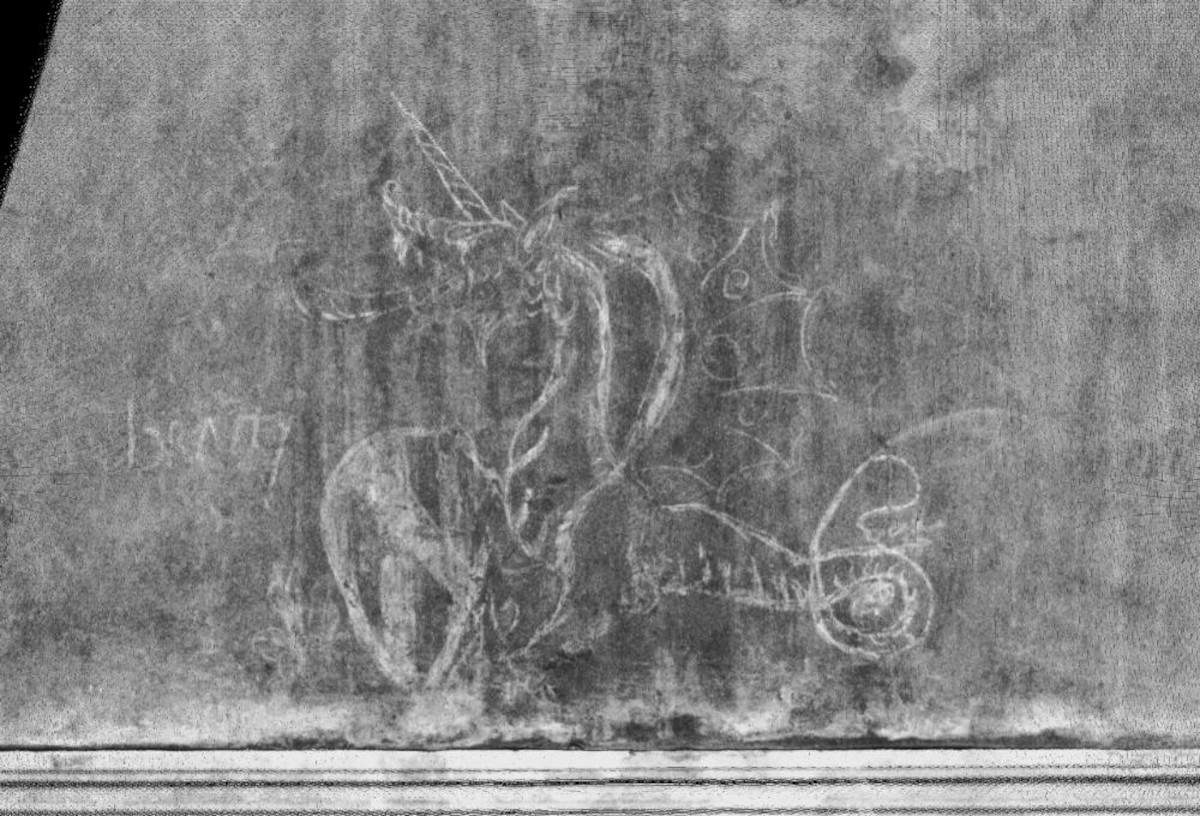 |
| Vinci, restoration of a drawing on a fireplace underway. Scholars advance hypothesis that it may be by Leonardo |
Warning: the translation into English of the original Italian article was created using automatic tools. We undertake to review all articles, but we do not guarantee the total absence of inaccuracies in the translation due to the program. You can find the original by clicking on the ITA button. If you find any mistake,please contact us.





